Search Results for 'Noel Browne'
11 results found.
Galway hospitals
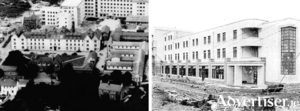
We know there was a hospital in High Middle Street in 1509, though it was probably a poorhouse in reality. In 1542, the Corporation built St Bridget’s Hospital on Bohermore. It subsequently served as a Leper Hospital. The 1651 map of Galway shows four hospitals. In 1820, a fever hospital opened on Earl’s Island, and in 1824, a small lying-in hospital was established on Mill Street at Madeira Island. The County Infirmary opened on Prospect Hill in June 1802.
Bernie Keogh art gallery — inspired by the west

When asked how and why she opened an Art Gallery in the city last month, Bernie Keogh said there were things that influenced her.
A lone figure at Bohermore cemetery
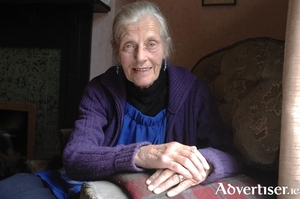
William Joyce recorded his final broadcast on April 30 1945 as the last great battle of the war raged. Russian troops, after a desperate struggle, finally wrenched Berlin from the grip of the Nazis. The once great city was then little more than streets of rubble. In an iconic World War II photograph Soviet troops fly the Soviet flag over the Reichstag May 2 1945.
Merlin Park Hospital
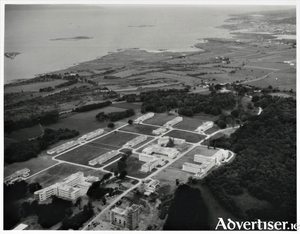
Tuberculosis is an infectious and very debilitating disease that affects the lungs. It was previously known as consumption because of weight loss suffered.
It is time the west had better health care
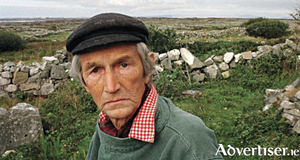
Galway politicians have it easy. I have been told that when each and everyone of them kneels down beside their bed at night to say their prayers, they thank God that Galway has two major hospitals. For all their faults, Galway University Hospitals, comprising University Hospital Galway (UHG), and Merlin Park (MPUH), provide a comprehensive range of services, from serious injury to cancer care, serving a catchment area in the region of one million people along the west from Donegal to Tipperary North.
The long road from the Bloody Code
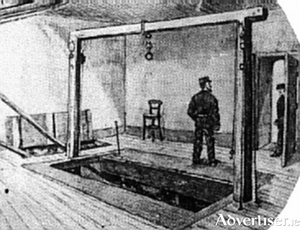
‘No person shall suffer death for any offence’ - no, it is not a medieval monarchical decree, it is in fact the first order of the Criminal Justice Act 1990. The Act prohibited capital punishment under all circumstances within the Republic for the first time. The death penalty had remained on the Irish statute books exclusively for the offences of treason and murder, but from 1990 onward those crimes would carry a sentence of life imprisonment. To say the 1990 Act ended centuries of capital punishment in Ireland would be telling only half the story.
Merlin Park - An epilogue

Merlin Park House was a large late Georgian pile surrounded by trees, but built on a sufficient height that it enjoyed views of Galway Bay. It was originally built in the early 19th century by the influential Blake family, who were renowned for throwing wild parties and hunting with the hounds.
TB epidemic - getting the message across
It is no coincidence that the Regional (now the University College) Hospital and Merlin Park opened almost simultaneously in the mid 1950s. The Old Central Hospital, which had opened in 1922, became unfit for purpose, mainly due to overcrowding, and the difficulty accommodating long stay tuberculosis patients. Tuberculosis, or TB, was, in the early decades of the 20th century, at epidemic proporations. The same year that the Central Hospital opened, the same year as the foundation of our State, there were 4,614 deaths from TB; 611 were children under 15 years.
Galvia/Calvary Hospital

An interesting number of medical institutions were established in Galway in the 20th century. In 1908 the Port Sanitary Intercepting Hospital was built near the docks opposite Forthill Cemetery as quarantine for any suspected cases of cholera or smallpox that might have come in on board ship. It cost £1,000, had 20 beds, and happily it was never needed for its primary purpose and only ever housed three patients. It burnt down in 1966.


